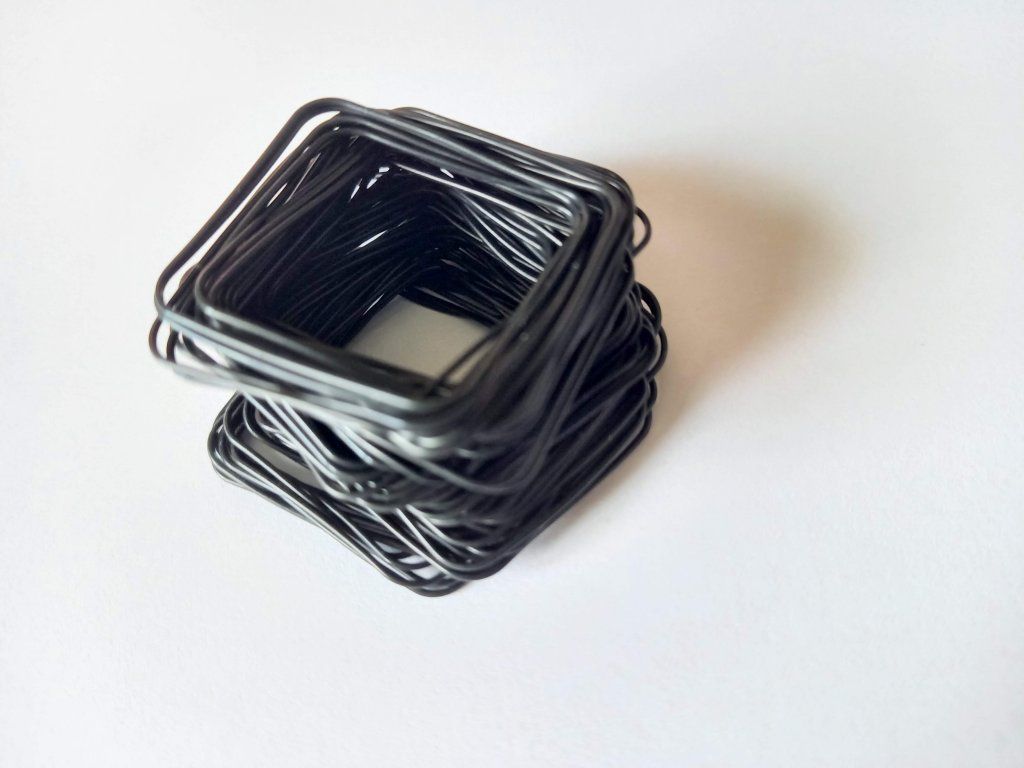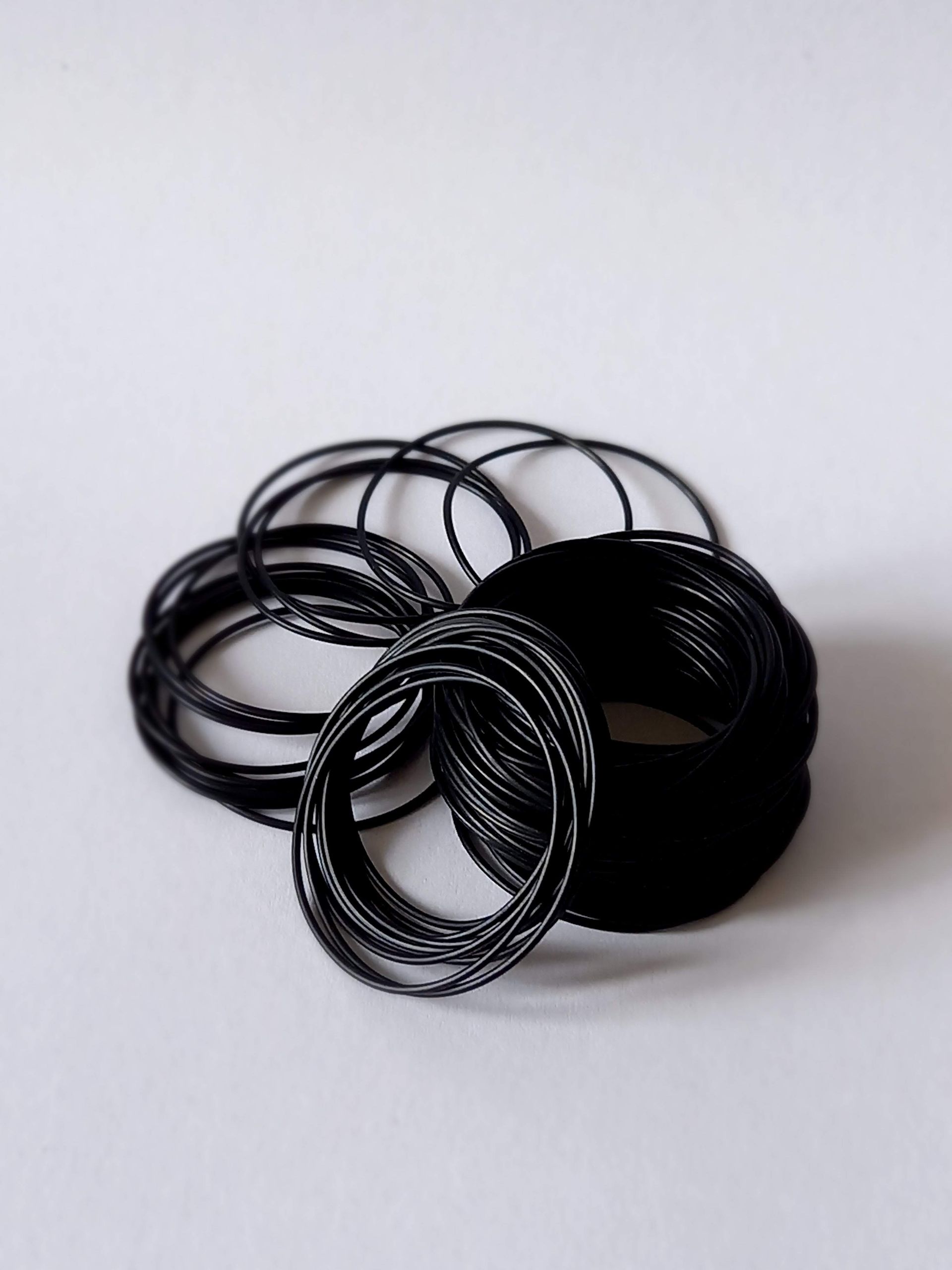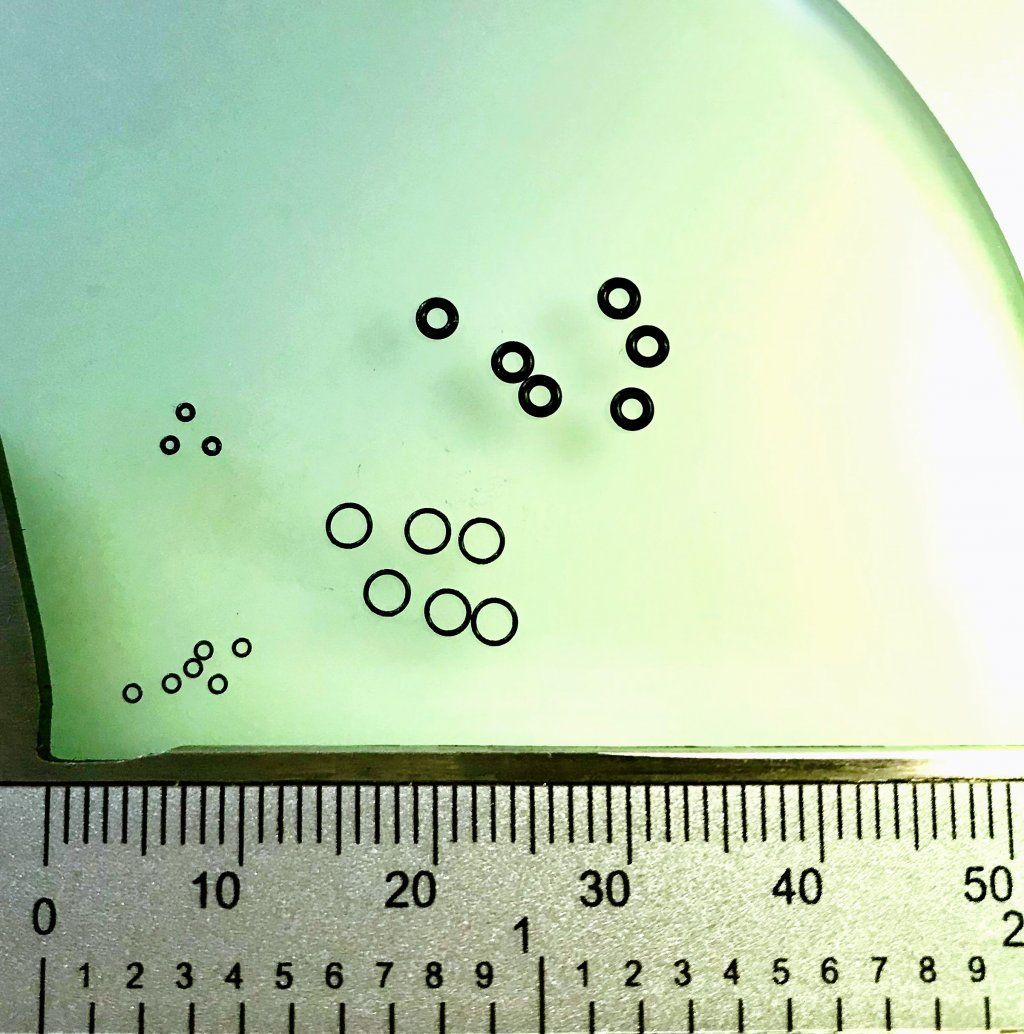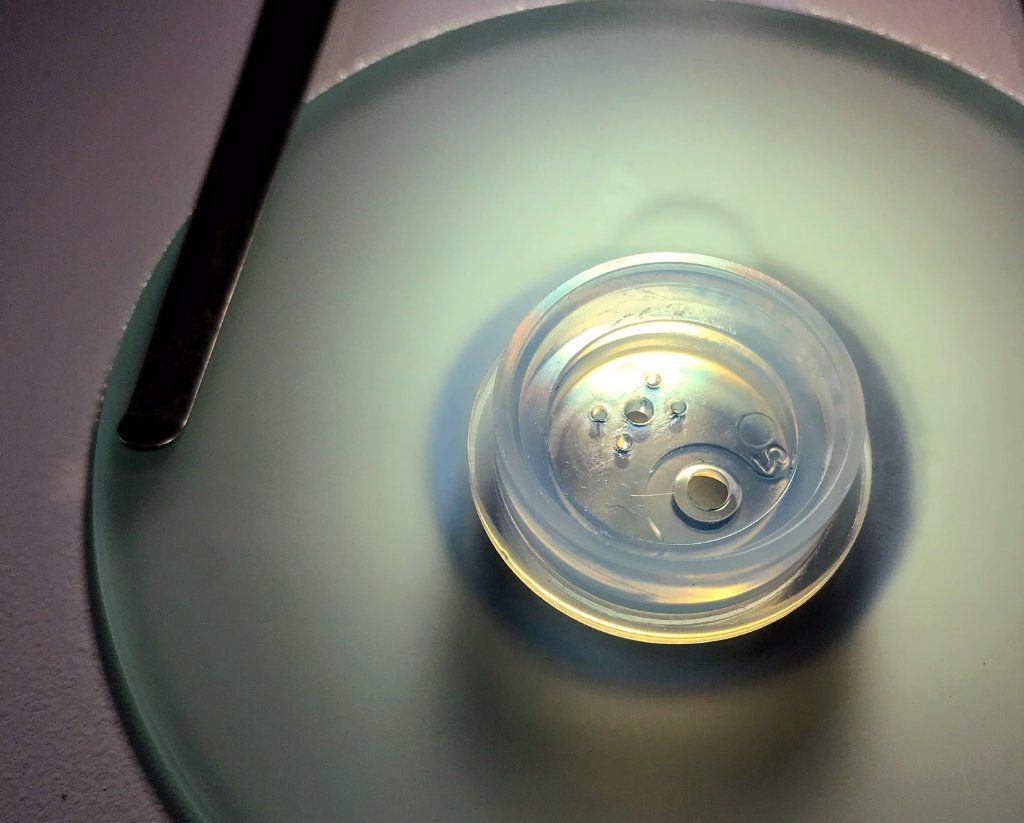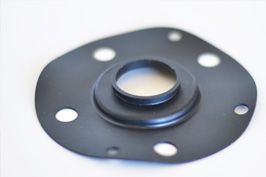Materials
Natural Rubber (NR)
Chemical Structure: Polyisoprene
Mechanical properties such as the elasticity, wear and abrasion resistance are good.
Nitrile Butadiene Rubber (NBR)
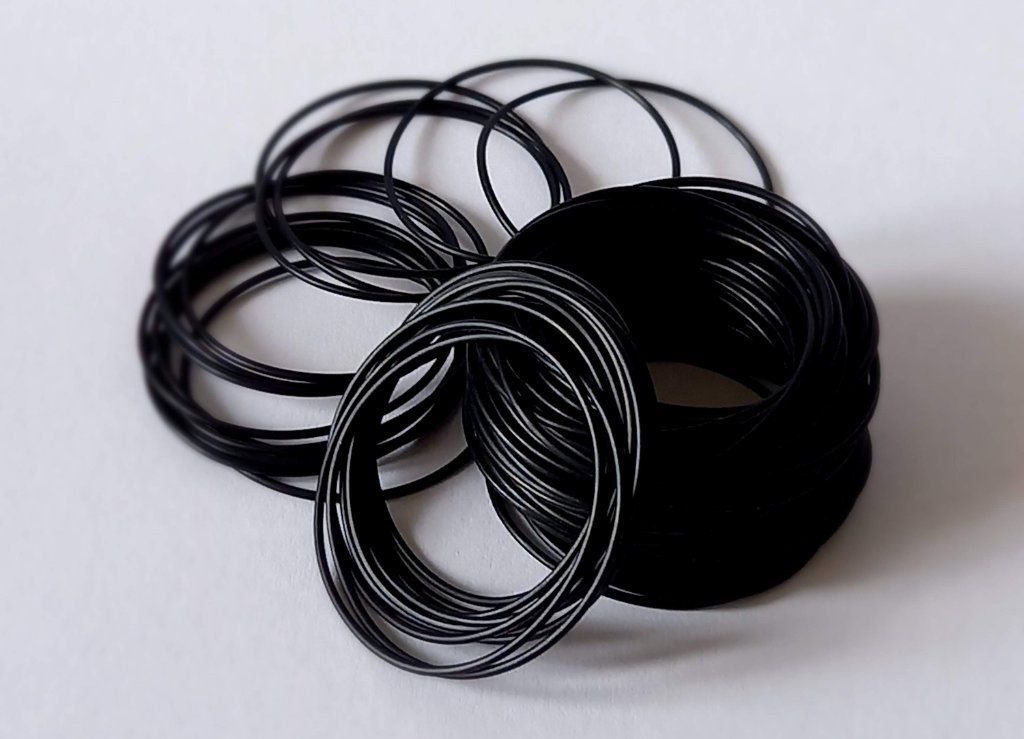
Chemical Structure: Butadiene-acrylonitrile copolymer
Oil, wear, abrasion, and aging resistance are good.
Hydrogenated Nitril-butadiene rubber (HNBR)
Chemical Structure: Butadiene-acrylonitrile copolymer (hydrogenated)
Good oil resistance, abrasion resistance, aging resistance and weather resistance(Oxidation, Ozone, UV)
Styrene-Butadiene Rubber (SBR)
Chemical Structure: Butadiene Styrene copolymer
Wear, abrasion, and aging resistance are better than natural rubber.
Butadiene Rubber (BR)
Chemical Structure: Polybutadiene
Elasticity is good. Wear and abrasion resistance are also superior to natural rubber.
Chloroprene Rubber (CR)
Chemical Structure: Poly chloroprene
Weatherability, ozone resistance, heat resistance, and chemical resistance, are excellent.
Isobutylene-Isoprene Rubber (IIR)
Chemical Structure: Isobutylene isoprene copolymer
Weatherability, ozone resistance, and gas-proof permeability are good, and bears a polar solvent.
Ethylene-Propylene (EPM, EPDM)
Chemical Structure: Ethylene proplene copolymer
Aging resistance, ozone resistance, the resistance to a polar liquid and electric nature are good.
Acrylic Rubber (ACM ANM)
Chemical Structure: Acrylic ester copolymer
Good for high temperature oil resistance.
Urethane Rubber (U)
Chemical Structure: Polyurethane
Polyurethane excels in dynamic intensity. Polyurethane has good biocompatibility and is commonly used in biomedical devices.
Silicone Rubber (VMQ)
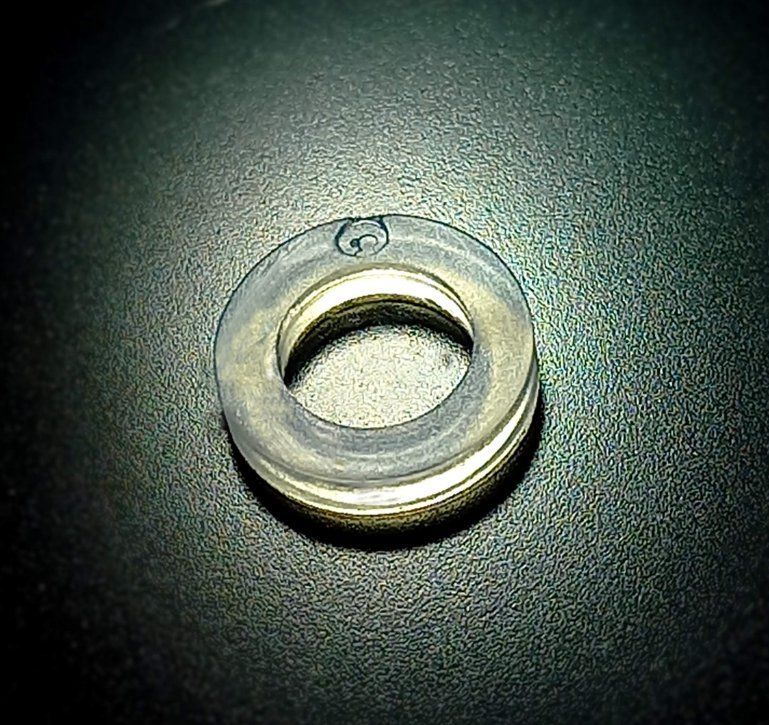
Chemical Structure: An organic polysiloxane
Silicone has excellent resistance to heat and cold. Oil resistance is also good. Silicone has very good biocompatibility, making it a preferred choice for medical device.
Fluorocarbon Rubber (FKM)
Chemical Structure: Perfluoropropene, vinylidene fluoride copolymer
This rubber material has the highest resistance to heat and cold.
The table shows examples of KEF material.
Click the link below to download the table. Send your enquiry for more details from the contact form

KEF Europe is the European Branch of KEF Corporation, company registered in JAPAN
Unauthorized copying, reproduction or quotation from this site is prohibited.



